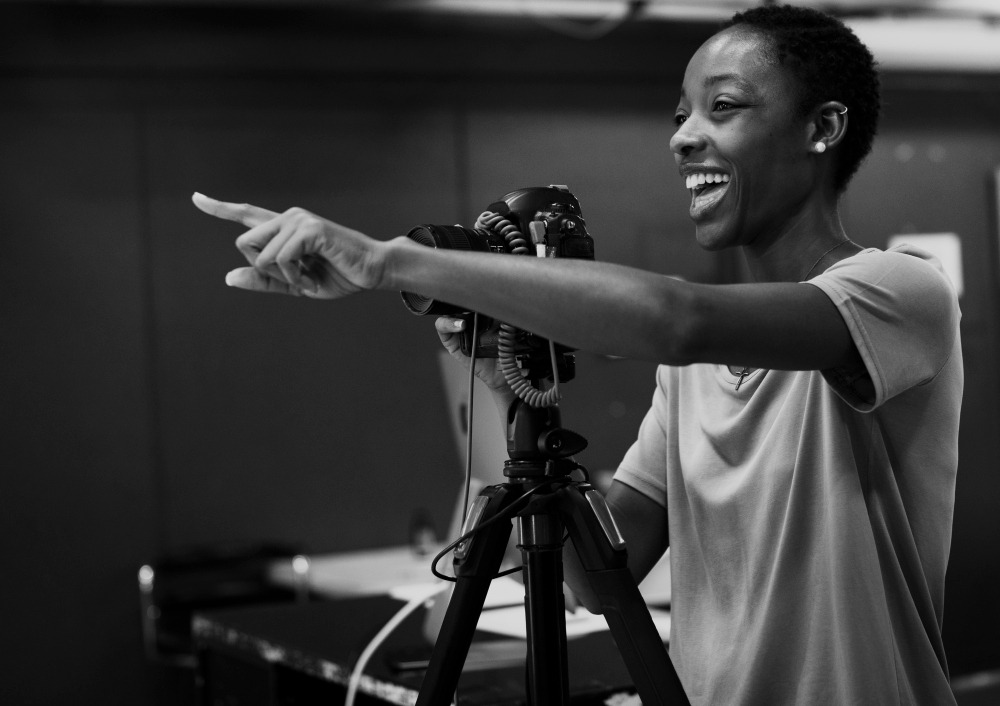Composition and framing are crucial in creating visually compelling and aesthetically pleasing photographs. It involves arranging the elements of an image to create a balanced and pleasing image. Composition and framing work together to draw the viewer’s eye towards the subject or focal point and can be used to convey emotion, depth, and perspective within a singular arrangement. In this blog post, we’ll explore some tips and techniques for improving your composition and framing skills, and provide examples to help you understand how to use them effectively.
1. Rule of Thirds
The rule of thirds is a fundamental principle in composition that involves dividing the image into thirds, it suggests that an image should be imagined as divided into nine equal parts by two equally-spaced horizontal lines and two equally-spaced vertical lines. The image’s key ‘points of interest’ should be placed at the intersection of these lines. Composing your shot using the rule of thirds encourages you to offset your subject from the centre and place them on the thirds, this draws attention to your subject and gives you a more dynamic and visually interesting image than simply centring the subject. See the examples below.



2. Frame within a Frame
Framing involves using elements within the image to frame the subject. Framing within a frame creates a visual boundary around your subject. This can be used to draw attention to the subject or create a sense of depth or perspective. See the examples below.






Practice ways of seeing frames within frames in your everyday photography subjects and scenes. With an aesthetic awareness of framing, you will start noticing more opportunities for layered, nested compositions. Frames within frames stimulate interest and intrigue, inviting the viewer to discover more with each glimpse.
3. Leading Lines
Leading lines are lines within an image that lead the viewer’s eye towards the subject or key focal point. These lines can be straight or curved and can be created by natural elements such as roads, and rivers, or man-made elements such as buildings and bridges.
Parallel lines:
Lines that run parallel to each other create a sense of order and alignment. They can lead the viewer’s gaze across the image in a straightforward path. Parallel lines work well for architectural details or naturally occurring linear elements like railroad tracks or roads.
Diagonal lines:
Diagonal lines introduce energy and tension. They can lead the viewer’s eyes on a zigzag pattern across the frame. Diagonal lines create a more irregular and haphazard flow. They are effective for suggesting movement or capturing an off-kilter perspective.
S-shaped curves:
Gentle S-curves or arcing lines create a sensuous flow that leads the viewer’s eyes smoothly through the image. Curving lines are organic and natural, suggesting natural contours. They work well with organic elements like trees or waves.
Patterns and Textures:
Images featuring shapes or patterns create a rhythmic flow and lead the viewer’s gaze across the frame. The repetition binds the elements together and guides the visual progression. This technique works with man-made or natural elements like tiles, bricks, waves or landscapes.







4. Symmetry and Asymmetry
Symmetry involves creating a balanced composition by placing elements of equal weight or importance on either side of the image. This can be achieved by using reflections, patterns, and repetition. On the other hand, asymmetrical composition is characterized by an absence of balance. In an asymmetrical composition, visual elements are not arranged in a way that creates a sense of equilibrium. Instead, the composition may be intentionally imbalanced, with emphasis placed on one side or area of the composition. See the examples below.







5. Depth
Depth of focus, also known as depth of field, is a term used in photography and videography to describe the range of distance in which objects in a scene appear in focus. In video composition, depth of focus is an important element to consider when deciding how to frame a shot and how to direct the viewer’s attention. It is determined by three main factors: the aperture of the lens, the distance between the camera and the subject, and the focal length of the lens.
In video composition, depth of focus can be used to draw the viewer’s attention to a specific subject or area of the frame. For example, a shallow depth of focus can be used to isolate a subject from the background, making it the focal point of the shot. This technique is often used in close-up shots of people or objects, where the subject is in sharp focus and the background is blurred. See the examples below.






On the other hand, a larger depth of focus can be used to keep all elements in the frame in focus, creating a more detailed and realistic image. This technique is often used in landscape shots or wide shots where it is important to show the entire scene in focus. See the examples below.




In summary, depth of focus is an important element of framing and composition that can be used to control the viewer’s attention, create a sense of depth, and add visual interest to a shot. By understanding the factors that affect depth of focus, videographers can make intentional choices in framing and lens selection to achieve their desired visual effect. This is a topic for another day and I promise to discuss it in depth on another blog.
In Conclusion
The art of composition and framing involves intentionally placing elements within an image to create a visually compelling and aesthetically pleasing composition. By using techniques such as the rule of thirds, leading lines, framing, symmetry, and depth, you can create images that are both visually interesting and engaging. Remember, the key is to experiment and have fun with your compositions. Also, don’t be afraid to try new things!




